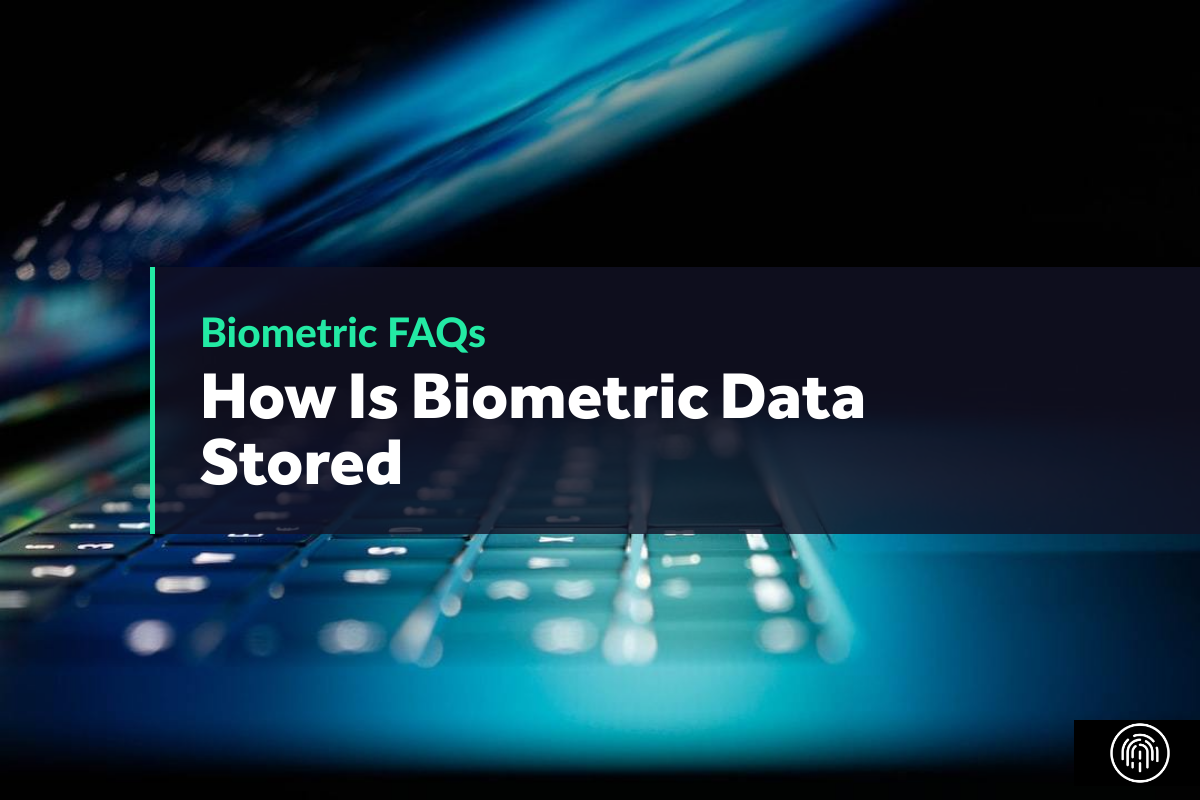In this article we’re going to discuss how is biometric data stored. There are many ways to store biometric authentication data, and we’ll be describing the most common ways below.
What is biometric data?
Biometric data is data that captures physical or behavioral characteristics that can be used to identify an individual. This data can include fingerprints, iris scans, and facial recognition data. Converting biometric data into a biometric template creates a mathematical representation of the individual that can be used for identification purposes. Biometric templates use special algorithms to ensure that biometric information is secure.
How is biometric data collected?
Biometric data is collected by taking a physical measurement of an individual. This can be done by taking a fingerprint, iris scan, or DNA sample. The data is then captured and used to create a biometric template. This template is an exact copy of the biometric and can be used to identify the individual.
How is biometric data stored?
There are a number of ways in which biometric data can be stored, and we’ve provided some of the most commonly used methods below:
- On-device storage
- Hardware recognition system
- Portable token
- Database server
- Distributed data storage
- Blockchain data storage
How secure is your stored biometric data?
As the use of biometrics becomes more widespread, concerns have been raised about the security of stored biometric data. Although no definitive studies have been conducted, it is generally believed that biometric data is more secure than other types of personal data, such as passwords or Social Security numbers.
One reason for this belief is that biometric data is usually collected and stored by government agencies or large corporations, which are typically more security-conscious than small businesses or individual consumers. Additionally, biometric data is often encrypted when it is stored, making it more difficult for hackers to access.
Of course, no type of personal data is 100% secure, and there have been some notable incidents in which biometric data has been hacked. However, overall, it is generally considered to be more secure than other types of personal data.
Biometric myth-busting
As shown in this article, there are a number of myths that exist regarding biometrics, and we’re going to be referencing these below:
Can cybercriminals steal my fingerprint or facial ID?
Although it is technically possible to duplicate a fingerprint or face using techniques like 3D-printed fingerprints or replica heads, but it is neither simple nor common.
Biometrics are easily replicated
In general, biometric technology incorporates a variety of authentication features or steps. A fingerprint, for instance, is frequently combined with a contextual signal, such as the detection of a fake device or an expected location. Therefore, biometrics are not easily replicated.
Biometric data is unreliable and inaccurate
Biometrics are expensive and aren’t cost-effective in the long term
Advances in technology mean the cost of biometrics is falling all the time. “Ultra-accurate face verification is now more or less free in the cloud from vendors such as Microsoft, Amazon, and others,” says Bud at iProov. “This makes it possible for even small companies to develop very high-performance systems that cost very little to run.”
FAQs Biometric Data
How are biometric fingerprints stored?
The data is captured by taking a fingerprint or other scan of the person’s body, and the exact copy of the biometric is stored in the database. This copy of the biometric data is used to identify the person in the future.
How can you protect biometric data?
Biometric data is sensitive information that can be used to identify an individual. It is important to protect this data from unauthorized access and use. There are a few ways to protect biometric data:
- Encrypt the data: This makes it difficult for unauthorized individuals to access the data.
- Store the data securely: This helps to prevent unauthorized individuals from accessing the data.
- Limit access to the data: This ensures that only authorized individuals have access to the data.

